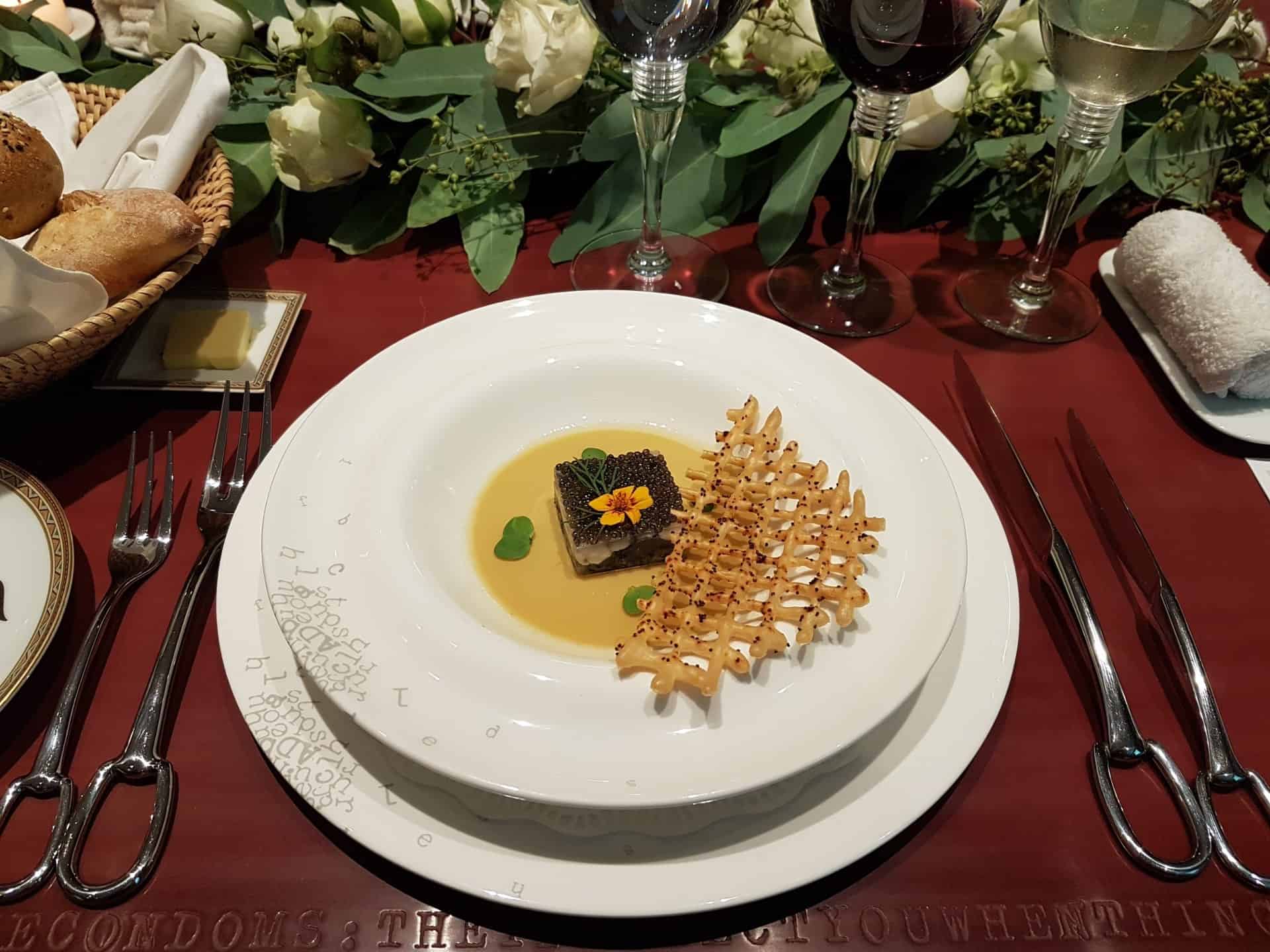The ritual of the long and detailed French meal has become part of the world’s official cultural heritage. As expatriates, we are eager to learn what exactly these rules are.
Let’s play a game of true and false.
- You should place your napkin in your lap immediately after being seated.
False. Once the lady of the house places her napkin in her lap, other guests should follow suit. - Your bread should go in the upper left edge of your plate.
False. Bread is placed directly on the tablecloth, unless it is a formal meal in which bread plates are used.
Don’t worry about the crumbs, though if you’re having a croissant at breakfast in a cafe you’ll probably be served that on a plate. - When the aperitif is served, you wait for the host to give the toast before drinking.
True. You should wait for the host to lead the way, whether an aperitif or dinner course. Once everyone has been served a drink, the host will generally make a short toast after which the glass-clinking begins. It is polite to make eye contact as you say, “Santé.” And don’t forget, if you are four or more, you shouldn’t cross over while clinking, i.e. clink above or below the other people doing the clinking. It’s meant to bring bad luck. - You should tear your bread into a bite-sized piece before eating it.
True. It is very impolite to take a bite from the whole piece of bread. - 5. If someone asks you to pass the salt, you pass both the salt and pepper.
False. In the U.S., the salt and pepper are “married,” meaning they should always stay together on the table. In France if you are asked for the salt (le sel), you simply pass the salt. - After each course, you should wipe your plate with a piece of bread.
True. However, this should be done gently as a means of cleaning the plate for the next course, not slopping up the leftover sauce. It is more polite to use a piece of bread on your fork, rather than in your hand. In a more formal setting, each course is served on a new plate, so cleaning the plate is not necessary. - Wine glasses should be filled up to five millimeters from the brim.
False. When pouring wine, stop when the glass is three-fourths full. - When invited for apéros, you should bring a gift for the hostess.
False. For apéros, no gift is necessary. If you are invited for dinner, you should bring a gift for the hostess. Good ideas are flowers, a good bottle of wine, or a pre-agreed dessert or cheese dish or something you have found in the local market. - A French dinner often consists of a salad with vinaigrette for the starter, main course, cheese course, dessert, and coffee.
True. Bread, wine, and mineral water are offered throughout the meal. - It is acceptable to eat pommes frites with your fingers. False. While fast food has made its mark in France, eating foods with your fingers is still strictly limited when you are at the dinner table. If in doubt, follow the lead of your host.
Source: TripSavyy


